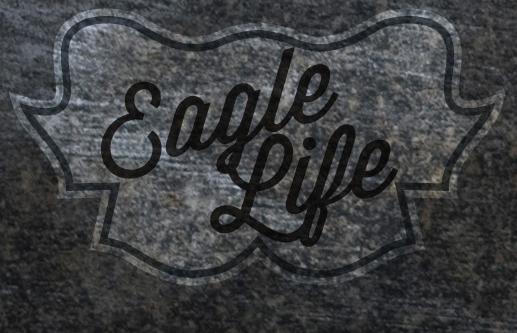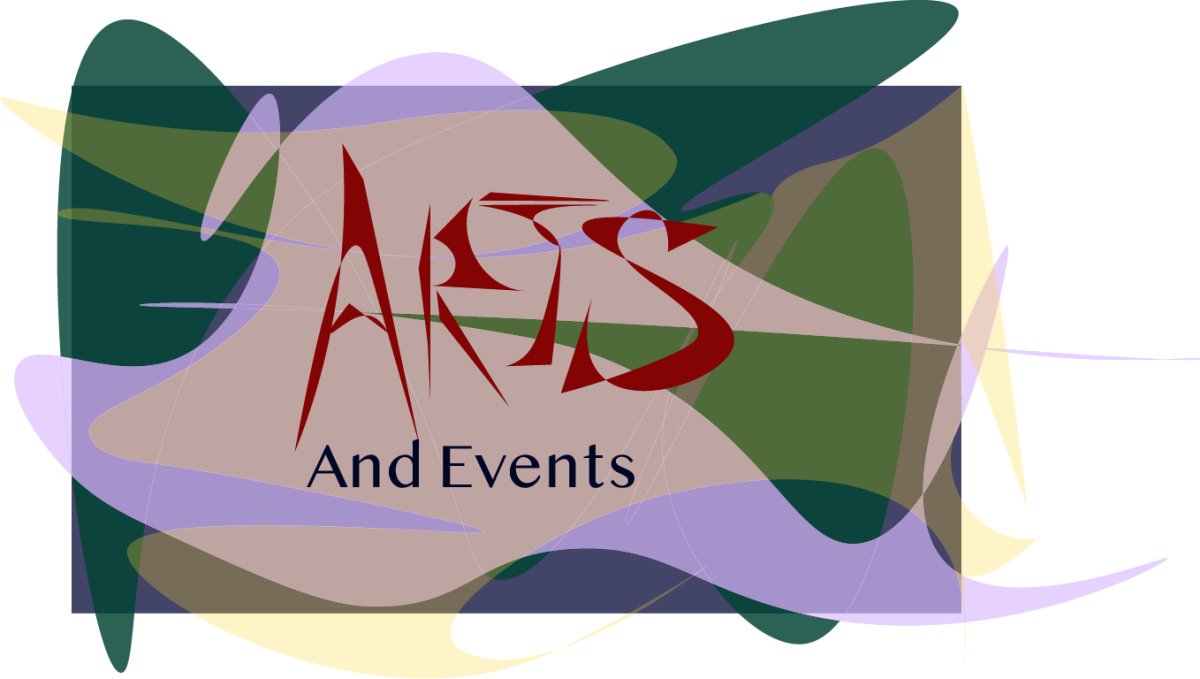Soon Blackboard will no longer be the go-to tool for classroom communication. The university is currently in the beginning stages of transitioning from Blackboard to a new learning system called Canvas, and by fall 2013, Blackboard will no longer be used at Eastern.
“We’re decommissioning Blackboard at the end of this [school] year,” said eLearning Services manager Dr. Dave Dean. “We’ve had faculty say, ‘Can I wait until next fall?’ They could. If they want to use a learning platform sponsored by Eastern, Blackboard will not be an option after the end of this school year, ” Dean said.
The university has been looking into new learning systems for the past couple of years.
“We are always open to the best possible product that we can put out there,” said eLearning Services systems administrator Jeff Healy. “Blackboard 8, which is the version that we’re on right now, is close to being ‘end-of-lifed.’ So we were due to change from that anyway.”
Blackboard 9 differs greatly from the current system, so the university felt “it made sense to look, since it would be different for everybody anyway, at the other possibilities that were out there,” Healy said.
Beginning September of last year, EWU was part of a statewide Learning Management System selection process. EWU worked alongside the State Board for Community and Technical Colleges and the five other four-year state universities to create what is called a “Request for Proposal.”
According to the State Board for Community and Technical Colleges’ website, a Request for Proposal committee consisting of members of student services, information technology, e-learning, faculty and representatives from all six universities evaluated responses to the proposal. They received feedback from more than 800 instructors, students and staff members and attended live demonstrations of the final three choices: Blackboard Version 9 and its add-ons, Desire2Learn and Canvas.
Canvas scored highest in terms of design, execution, scoring and usability testing and was chosen as the new learning system last spring.
It meets several goals of the university’s “Strategic Plan,” including making Eastern an institution of innovation, enabling student success, promoting community engagement and increasing the university’s visibility.
Canvas boasts a wide array of features that are not found in Blackboard, including blogs, wikis, and e-portfolios. The mobile and social media features are more advanced than communication features currently found in Blackboard.
“Students can personalize how Canvas communicates to them. For example [they can] have Canvas tweet them when a test is made available but email them when a new assignment has been posted,” Dean said. “If the student configures access, then Canvas can ‘talk’ to Facebook, Twitter, Google Docs, Skype, LinkedIn, send text messages, send email to multiple addresses and more,” he said.
These sort of notifications are private and will not show up in a public news feed.
Several faculty members agreed to be “early adopters” of the new learning system this quarter.
Assistant professor of psychology Dr. Ryan Sain said Canvas is much more socially oriented than Blackboard. “If you’re used to Facebook or Twitter it integrates so easily. It’s set up in a similar fashion to that. On Facebook, if you see it, you can click it, and that’s not always the case with Blackboard.”
Senior lecturer Marge Andrews of the Spanish department also liked how students can set their preferred method of contact, like an alternate email address or text, and how students can post their pictures. “I haven’t learned everything, but it has been pretty intuitive to use,” she wrote in an email. “The learning curve is not too challenging.”
Instructure, which is the vendor of Canvas, offers tutorials for users who need help understanding the new system. There are guides aimed towards both students and instructors.
“One of the great things about Canvas that we found we liked was the documentation, the tutorials, frequently asked questions, all of that stuff that was available was really strong,” Healy said. “So out of the gate, we expect people will be able to glean most of the information they need from those sources. Then we’ll be able to find out what’s missing from that.”
Dean said this quarter is about learning alongside the early adopters.
“We’re going to learn what’s true this quarter: whether the phone is ringing off the hook or whether things are smooth or ‘Hey, you’ve got really good documentation on this, but you’re missing this.’ That’s what we need to know, and then we’ll build that,” he said.
Some faculty members have mentioned having trouble with the Canvas grade book. In an email, senior lecturer of computer science Stu Steiner wrote, “In Blackboard I could add a grade column named ‘Quiz 1’ and enter the quiz score, or I could enter extra credit. Right now in Canvas that is not easy.”
Sain said, “The grade book works fine, but it’s missing a couple features that some of us would like.” He did like how Canvas is an open source system, so troubleshooting issues can be relayed back to developers and solved fairly quickly.
Healy said the system is not exactly set up the way it will be eventually. “This quarter is a little bit different. The way enrollments occur, for example, is not the way it will ultimately occur. It’s not automated — there’s an invitation process and people log in that way,” he said.
“It’s not as good as it’s going to be, even now. The product is great, and it’s very flexible. As an administrator, I like that.”













